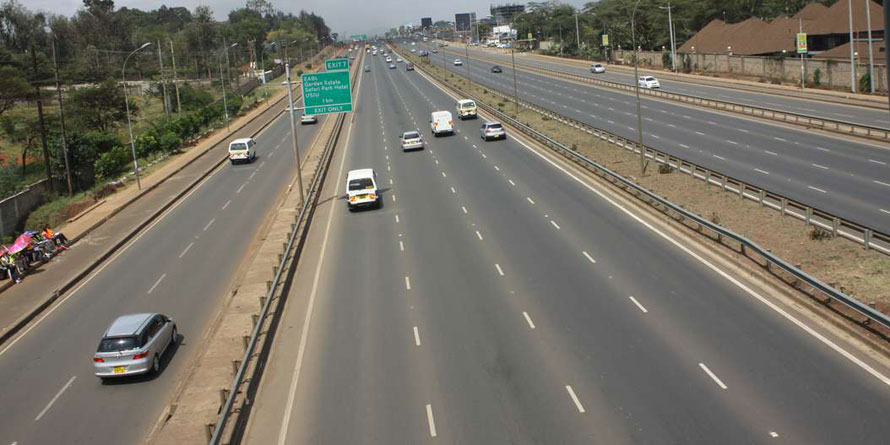East Africa economy remained strong despite biting drought, a new report released by the Institute of Chartered Accountants in England and Wales(ICAEW) has revealed.
The report recognizes the effort by governments in East Africa to mitigate the effects of drought by putting in place deliberate measures to stimulate economic activity through other channels such as substantial fiscal stimulus and loosened monetary policy.
Commissioned by ICAEW and produced by partner and forecaster Oxford Economics The report narrows its focus on Kenya, Tanzania, Ethiopia, Nigeria, Ghana, Ivory Coast, South Africa and Angola.
According to the report, Tanzania is set to hit a real GDP growth of 6.9 followed by Uganda at 6.8, Ethiopia at 6.7, and Rwanda and Kenya at 6.6 and 6.4 despite the drought. Both Rwanda and Uganda have loosened monetary policy during the first quarter of the year, while Ethiopia counterweighed the drought effects through substantial fiscal stimulus – the construction sector reportedly expanding by 25% during the 2015/16 fiscal year.
“Overall, East Africa economy remains strong despite the drought. Infrastructure development continues to stimulate industry across the region, while expanding services to the largely un-serviced markets remains the key driver behind growth,” said Michael Armstrong, Regional Director, ICAEW Middle East, Africa and South Asia.
The adverse effects of the drought have been most notable in Uganda, with agriculture decreasing during the first three quarters of 2016. Poor crop production has also had a marked impact on food price inflation across the region.
While not particularly intense in historic terms, inflationary pressures in recent months can almost entirely be attributed to high food prices, with non-food price inflation remaining subdued. Most agriculture in East Africa is highly dependent on the weather, and adverse rainfall is directly reflected in both agricultural production and food prices.
On the southern African front, Botswana and South Africa are still struggling to gain traction due to the slump in commodity prices as well as the drought. Real GDP growth of 1.2% is forecast for both these countries in 2017.
South Africa’s growth will be supported by widespread rains, an improved outlook for consumer demand and a recovery in commodity prices, while Angola remains optimistic of improved oil production and the commencement of infrastructure projects. Botswana on the other hand, is forecast to record growth of 4.1% due to demand in the international diamond market.
In the west of the continent, Senegal’s strong growth in its primary (fisheries) and secondary (chemical industry) sectors as well as the government’s collaborative efforts to improve infrastructure (particularly in electricity supply) has tremendously stimulated the country’s economic growth.
Growth in Ivory Coast is pegged on the integration of the north into the economy after a decade of division as well as inflows of investment capital attracted by the governments business-friendly National Development Plan.
Despite Ghana’s poor performance last year (with growth estimated to have declined to 3.6%), the country’s economy is expected to recover with a growth margin of 6.3% This is primarily thanks to higher oil production, improved government assistance and less severe Harmattan winds which bode well for agriculture.

